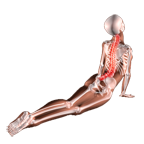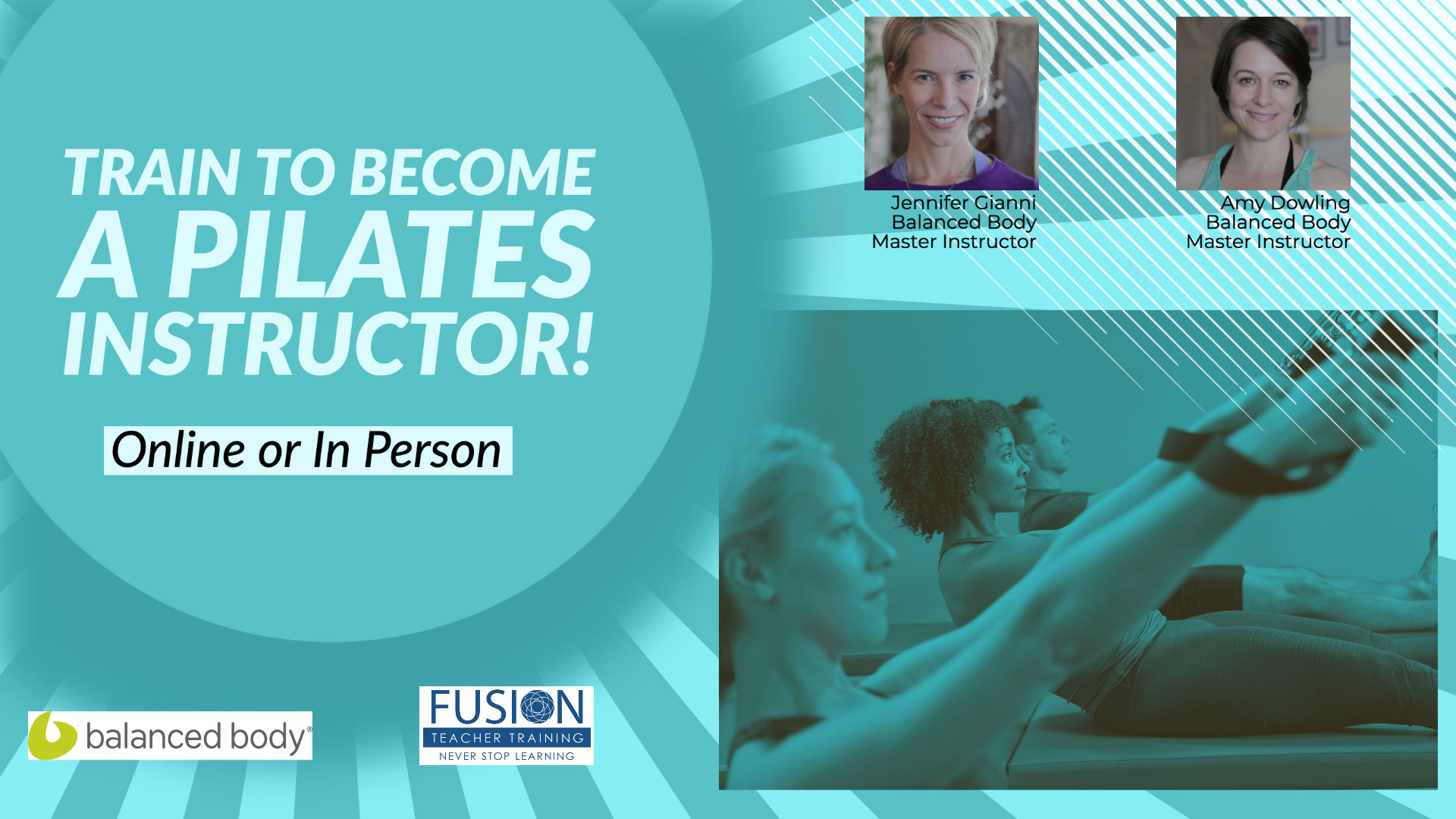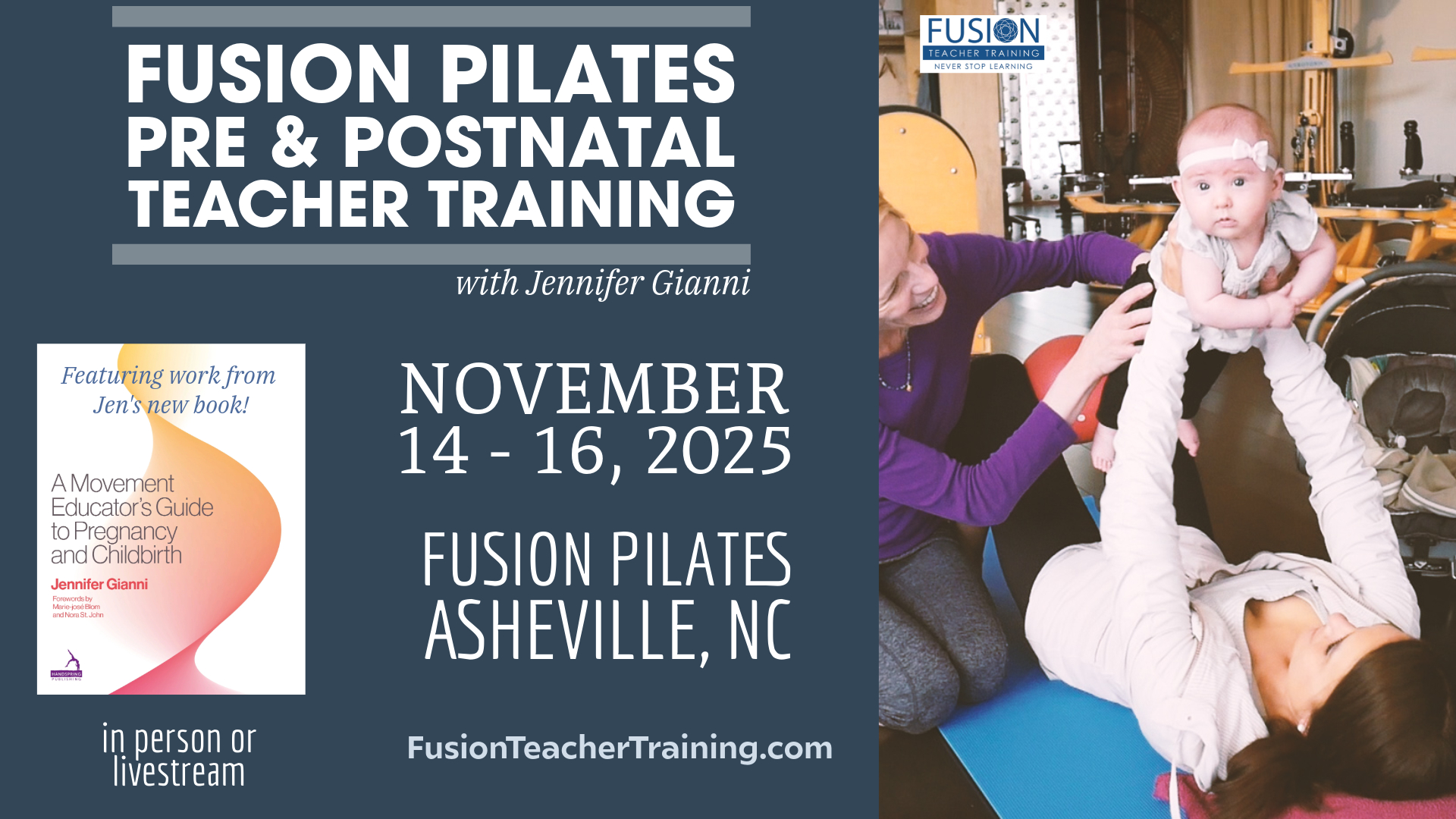 None of us want to move like a robot. We all strive to be graceful in our movement. But many of us find ourselves becoming extremely rigid as an outcome of the work we do in the gym. On the other end of the spectrum are those of us who are too flexible in the spine. For those, it’s equally important to incorporate exercises that create strength and support.
None of us want to move like a robot. We all strive to be graceful in our movement. But many of us find ourselves becoming extremely rigid as an outcome of the work we do in the gym. On the other end of the spectrum are those of us who are too flexible in the spine. For those, it’s equally important to incorporate exercises that create strength and support.
In many traditional exercises, we tend to move in a linear fashion, which is not optimal for spine health or for the long-term function of the body.
The spine has many ranges and planes of movement, all of which should be accessed and worked in your exercise sessions. A balance of strength and mobility in the spine will help us function without pain and with graceful, fluid movement.
A main Pilates principle involves optimizing the mobility of the spine in all directions. Any activity that we engage in, such as putting on our seat belt, picking up our children, playing tennis, or reaching for that high shelf, involves movement in the spine.
If the spine loses mobility in a certain direction, movement will be less comfortable and pain and injury can result.
Our goal is to perform some simple foundational exercises you can do every day to increase the flexibility, mobility, and strength of the spine.
Bridging/Pelvic Tilts Exercise Series
Curved Back Bridging & Pelvic Tilts
This exercise will build the mobility and flexibility of the spine.
Lie on your back (nothing under the head) with the knees bent. Keep the feet flat on the floor and the arms at the side of the body. Engage the deep transverse abdominals as you curl the tailbone up toward the ceiling to roll the back off the floor. Imagine you are wearing a striped shirt and lift one stripe up off the floor at a time, all the way from the tailbone to the shoulders.
At the top, make sure there is no weight on the neck. You want to be balanced on the upper shoulders and the middle of the back of the head. Keep your eyes pointed at the ceiling. The natural (concave) curve of the neck should be maintained.
Now, roll back down, one stripe at a time. Make sure the upper back comes down first. Then the middle back and finally the lower back and sacrum.
Don’t allow the behind to drop before you’ve put all the middle stripes of your shirt down. Remember to breathe in a slow, relaxed manner.
Flat Back Bridging & Pelvic Tilts
This type of bridging helps to stabilize and strengthen the spine.
Start in the same way as the previous exercise. Imagine that you are a wooden doll. The only joint you have is at the hip. So when you lift into bridge, the spine will keep its alignment.
With the breath, hollow out the abdominals (engage the deep transverse abdominals). Press the tailbone up toward the ceiling to lift the back off the floor in one piece while keeping the spine relatively neutral.
You can hold at the top and take two or three breath cycles if you are able to hold the alignment of the pose. When you lower, hinge again at the hips coming down in one piece. Use your breath to help slow and control the movement.
Once you advance in this exercise, try to hover one foot just a few inches off the floor, keeping the pelvis and spine in perfect alignment. Hold for a few seconds and change sides. Try to practice these exercises consistently each week to balance and align the spine.
~by Jennifer Gianni
We hope these exercise tips were helpful! Leave us any thoughts below.




Leave A Reply (No comments So Far)
Please - comments only. All Pilates questions should be asked in the Forum. All support questions should be asked at Support.
You must be logged in to post a comment.
No comments yet.